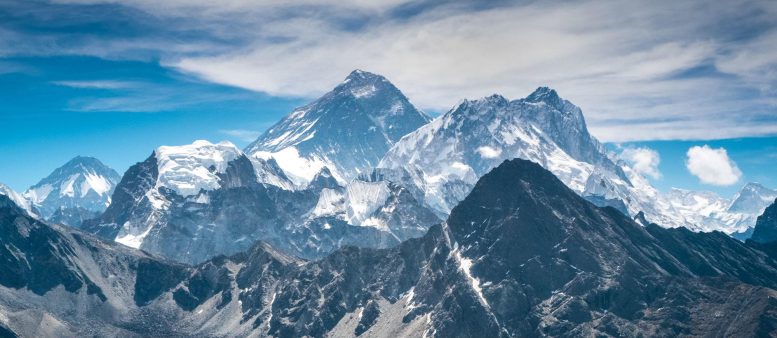
Recent winters have displayed conflicting signs of climate change, with both drastic snow shortages and severe blizzards. A Dartmouth study clarifies this by showing a significant decline in Northern Hemisphere snowpacks over the past 40 years due to human-driven climate change. This loss endangers water supplies and winter-reliant economies. The study’s findings, based on an analysis of temperature and precipitation data, indicate that many regions are approaching a “snow-loss cliff,” necessitating immediate adaptation in water management strategies.
The study reveals that the Northern Hemisphere areas most dependent on snow for water are experiencing the sharpest declines.
Snow presents a contradictory cue for interpreting climate change. In numerous recent winters, including this one, the diminished snowfall in December has appeared to signal our future under global warming. This is evident in ranges from Oregon to New Hampshire, where peaks have been more brown than white, and the American Southwest, which is experiencing a significant snow drought.
On the other hand, record blizzards like those in early 2023 that buried California mountain communities, replenished parched reservoirs, and dropped 11 feet of snow on northern Arizona defy our conceptions of life on a warming planet.
Similarly, scientific data from ground observations, satellites, and climate models do not agree on whether global warming is consistently chipping away at the snowpacks that accumulate in high-elevation mountains, complicating efforts to manage the water scarcity that would result for many population centers.
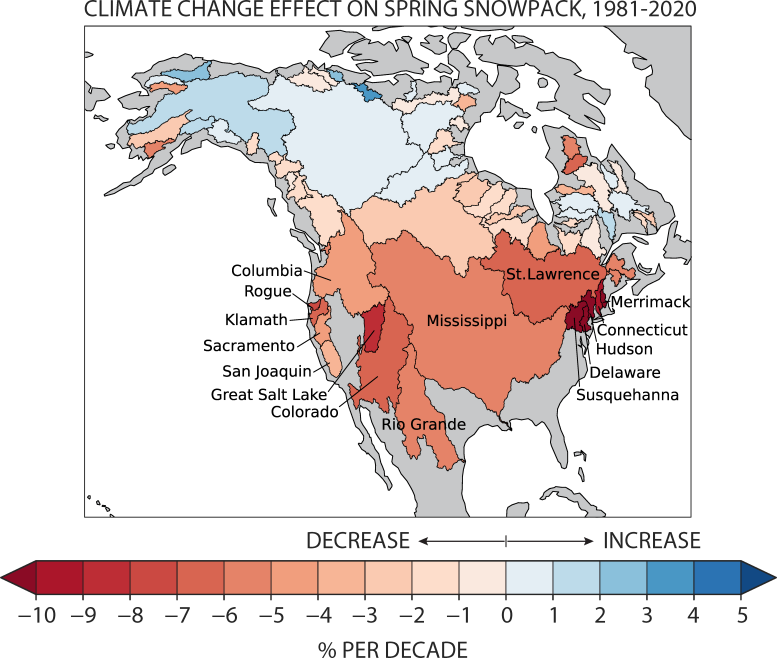
Effects of human-driven climate change on spring snowpacks in North American watersheds per decade from 1981-2020 with river basins labeled. The Southwestern and Northeastern U.S. saw among the steepest declines in the hemisphere, with more than 10% of the spring snowpack lost per decade. These losses put millions of people in the American West at risk of a water crisis, while also threatening local economies in regions such as the Northeast that depend on winter recreation. Credit: Justin Mankin and Alex Gottlieb/Dartmouth
Now, a new Dartmouth study cuts through the uncertainty in these observations and provides evidence that seasonal snowpacks throughout most of the Northern Hemisphere have indeed shrunk significantly over the past 40 years due to human-driven climate change. The sharpest global warming-related reductions in snowpack—between 10% to 20% per decade—are in the Southwestern and Northeastern United States, as well as in Central and Eastern Europe.
The Water Crisis and Economic Impact
The researchers report in the journal Nature that the extent and speed of this loss potentially puts the hundreds of millions of people in North America, Europe, and Asia who depend on snow for their water on the precipice of a crisis that continued warming will amplify.
“We were most concerned with how warming is affecting the amount of water stored in snow. The loss of that reservoir is the most immediate and potent risk that climate change poses to society in terms of diminishing snowfall and accumulation,” said first author Alexander Gottlieb, a Ph.D. student in the Ecology, Evolution, Environment, and Society graduate program at Dartmouth.
“Our work identifies the watersheds that have experienced historical snow loss and those that will be most vulnerable to rapid snowpack declines with further warming,” Gottlieb said. “The train has left the station for regions such as the Southwestern and Northeastern United States. By the end of the 21st century, we expect these places to be close to snow-free by the end of March. We’re on that path and not particularly well adapted when it comes to water scarcity.”
Water security is only one dimension of snow loss, said Justin Mankin, an associate professor of geography and the paper’s senior author.
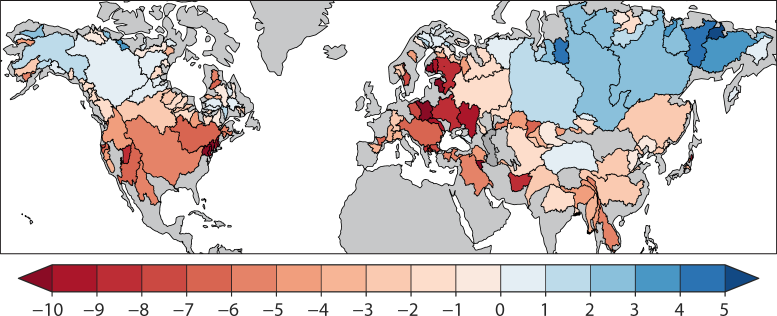
Effect of human-driven global warming on spring snowpacks in Northern Hemisphere watersheds from 1981-2020 by percentage of change per decade. Red indicates a decrease and blue indicates an increase. Snowpacks in many far-north watersheds increased as climate change led to more precipitation that fell as snow. But the lower-latitude watersheds that provide water and economic benefits to northern population centers experienced the greatest losses. Credit: Justin Mankin and Alex Gottlieb/Dartmouth
The Hudson, Susquehanna, Delaware, Connecticut, and Merrimack watersheds in the Northeastern U.S., where water scarcity is not as dire, experienced among the steepest declines in snowpack. But these heavy losses threaten economies in states such as Vermont, New York, and New Hampshire that depend on winter recreation, Mankin said—even machine-made snow has a temperature threshold many areas are fast approaching.
“The recreational implications are emblematic of the ways in which global warming disproportionately affects the most vulnerable communities,” Mankin said. “Ski resorts at lower elevations and latitudes have already been contending with year-on-year snow loss. This will just accelerate, making the business model inviable.”
“We’ll likely see further consolidation of skiing into large, well-resourced resorts at the expense of small and medium-sized ski areas that have such crucial local economic and cultural values. It will be a loss that will ripple through communities,” he said.
Methodology and Findings of the Study
In the study, Gottlieb and Mankin focused on how global warming’s influence on temperature and precipitation drove changes in snowpack in 169 river basins across the Northern Hemisphere from 1981 through 2020. The loss of snowpacks potentially means less meltwater in spring for rivers, streams, and soils downstream when ecosystems and people demand water.
Gottlieb and Mankin programmed a machine-learning model to examine thousands of observations and climate-model experiments that captured snowpack, temperature, precipitation, and runoff data for Northern Hemisphere watersheds.
This not only let them identify where snowpack losses occurred due to warming, it also gave them the ability to examine the counteracting influence of climate-driven changes in temperature and precipitation, which decrease and increase snowpack thickness, respectively.
The researchers identified the uncertainties that the models and observations shared so they could home in on what scientists had previously missed when gauging the effect of climate change on snow. A 2021 study by Gottlieb and Mankin similarly leveraged uncertainties in how scientists measure snow depth and define snow drought to improve predictions of water availability.
Snow comes with uncertainties that have masked the effects of global warming, Mankin said. “People assume that snow is easy to measure, that it simply declines with warming, and that its loss implies the same impacts everywhere. None of these are the case,” Mankin said.
“Snow observations are tricky at the regional scales most relevant for assessing water security,” Mankin said. “Snow is very sensitive to within-winter variations in temperature and precipitation, and the risks from snow loss are not the same in New England as in the Southwest, or for a village in the Alps as in high-mountain Asia.”
Regional Variations and the “Snow-Loss Cliff”
Gottlieb and Mankin in fact found that 80% of the Northern Hemisphere’s snowpacks—which are in its far-northern and high-elevation reaches—experienced minimal losses. Snowpacks actually expanded in vast swaths of Alaska, Canada, and Central Asia as climate change increased the precipitation that falls as snow in these frigid regions.
But it is the remaining 20% of the snowpack that exists around—and provides water for—many of the hemisphere’s major population centers that have diminished. Since 1981, documented declines in snowpack for these regions have been largely inconsistent due to the uncertainty in observations and naturally occurring variations in climate.
But Gottlieb and Mankin found that a steady pattern of annual declines in snow accumulation emerges quickly—and leave population centers suddenly and chronically short on new supplies of water from snowmelt.
Many snow-dependent watersheds now find themselves dangerously near a temperature threshold Gottlieb and Mankin call a “snow-loss cliff.” This means that as average winter temperatures in a watershed increase beyond 17 degrees Fahrenheit (minus 8 degrees Celsius), snow loss accelerates even with only modest increases in local average temperatures.
Many highly populated watersheds that rely on snow for water supply are going to see accelerating losses over the next few decades, Mankin said.
“It means that water managers who rely on snowmelt can’t wait for all the observations to agree on snow loss before they prepare for permanent changes to water supplies. By then, it’s too late,” he said. “Once a basin has fallen off that cliff, it’s no longer about managing a short-term emergency until the next big snow. Instead, they will be adapting to permanent changes to water availability.”
Reference: “Evidence of human influence on Northern Hemisphere snow loss” by Alexander R. Gottlieb, and Justin S. Mankin, 10 January 2024, Nature.
DOI: 10.1038/s41586-023-06794-y
The study was funded by the US Department of Energy and the National Oceanic and Atmospheric Administration.

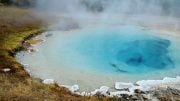


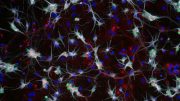


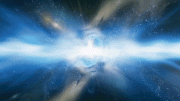

“Now, a new Dartmouth study cuts through the uncertainty in these observations and provides evidence that seasonal snowpacks throughout most of the Northern Hemisphere have indeed shrunk significantly over the past 40 years due to human-driven climate change.”
Snowpacks can be measured, but even that evidence is equivocal, as acknowledged by the authors. However, the assertion that their claimed snowpack changes are “due to human-driven climate change” is NOT measurable directly. The authors have, as have many others, relied on computer models that were written with the basic assumption that anthropogenic CO2 causes net warming and is not the result of warming. Not all experts agree with the prevailing paradigm. At issue is just what the CO2 quantitative contribution to warming is, which is called the Climate Sensitivity. After 40 years of studying, there is no agreement among experts what the increase in global temperature is for a doubling of CO2 concentration. Indeed, the estimated uncertainty range has increased in recent years.
These Global Circulation Models are acknowledged to run warm compared to historical measurements, and despite unsupported claims, are NOT just physics. Their weakest foundation is the inability to handle the energy exchanges in clouds at the same spatial resolution as the other measured and calculated variables. Thus, cloud energy-exchanges are handled by a process called “parameterization,” which means cloud experts make a best guess at the average behavior under typical prevailing conditions.
What the authors have done is to implicate humans in their claims of reduced Northern Hemisphere snowpacks, based on questionable models, and NOT actually prove it, their assertions and title of their research not withstanding.
Their work will perhaps be best remembered for the invention of a new scare term, “snow-loss cliff,” to join the ranks of “ocean acidification,” “tipping point,” and “boiling oceans,” all hyperbole more fitting to a carnival barker than the measured and precise choice of words I would expect from an actual scientist.
“We find that, in the language of the IPCC, it is virtually certain (>99% probability) that human emissions have CONTRIBUTED to the observed pattern of March snowpack trends in in situ observations and in the average of the gridded ensemble, …”
Having “contributed” to something is far different from having caused it, or being the dominant force driving a change. What everyone wants to know is what percentage of climate change can unequivocally be attributed to humans. This study does not answer that important question. It would actually be surprising if humans weren’t contributing some small amount. However, I think that this study is attempting to convince the reader, without the facts being in evidence, that humans are singularly responsible.